Working Group: Urban Water Management
Topic
The main objective is to develop a methodology for a model-based system optimisation to improve water quality in ground and surface water bodies. The approach implicitly addresses regional and institutional characteristics of ‘countries in transition’. The focus of this work package is the development of sustainable optimisation strategies for urban wastewater systems, including sewer system and wastewater treatment units, taking into account data scarcity and changing boundary conditions.
Methods
Integrative system optimisation on a multi-scale level
The approach is based on five main steps (see Figure below):
- System screening,
- Identification of relevant pressures,
- Comparison with ecological status in the receiving water,
- Detailed process modelling of selected interactions, and
- Multi-criteria evaluation of selected mitigation measures.
This approach allows a stepwise and systematic reduction of the problem complexity, which would otherwise be hard to handle due to its large variations over spatial and temporal scales.
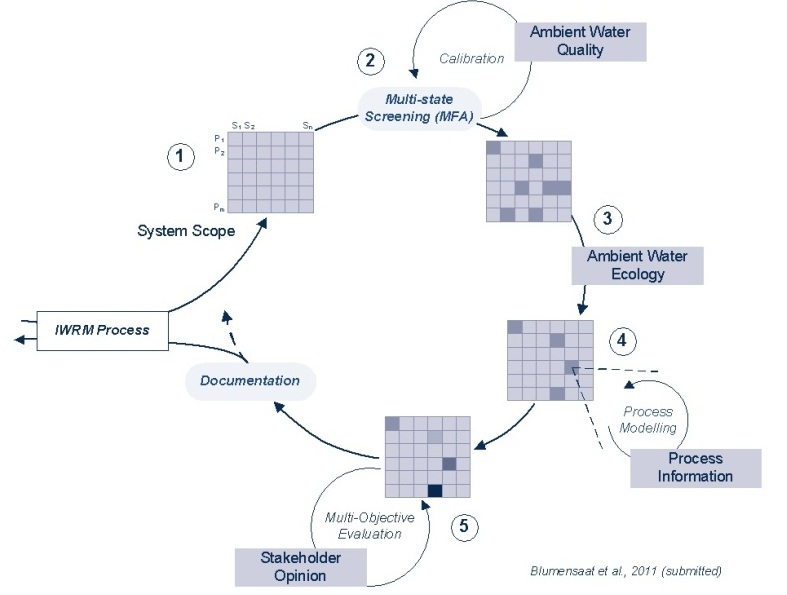
Figure 1: Integrative optimisation approach
The result of the systematic-iterative approach is a multi-criteria evaluation of various mitigation measures, which may be considered as promising options. The implicit quantification of the benefit using numerical modelling allows the estimation of desired and unwanted synergy effects for future situations (see Figure below).
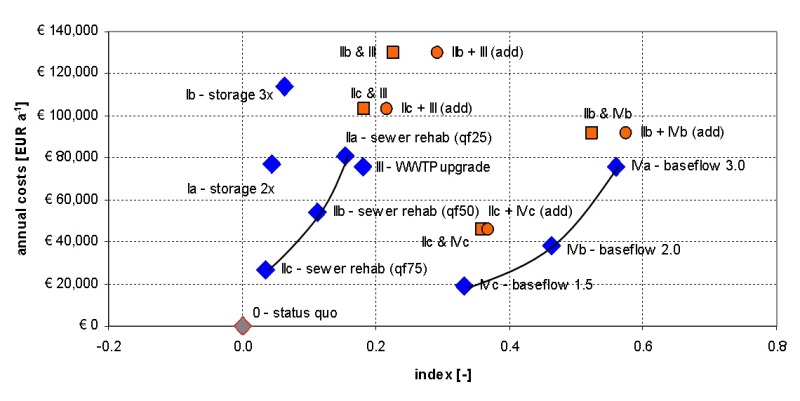
Figure 2: Example for multi-criteria evaluation (Blumensaat et al., 2009).
Example: process-based modelling under data limitations (step 4)
Detailed process modelling is only performed for relevant interactions within the system (step 4). Still, process modelling typically requires an enormous amount of data. Especially infrastructure data is often unavailable, confidential or available in ‘paper’ format only. The novel approach developed within the scope of the project allows the generation of a hydraulic sewer model constrained by a minimum amount of data. The method combines the application of a surface flow accumulation algorithm to a selectively manipulated Digital Elevation Model (DEM) with a routine for hydraulic network dimensioning to generate a close-to-reality sewer network ready to be implemented in a hydraulic modelling platform – see Figure 3. The method is tested for three real-life catchments of which characteristics vary in scale, topography, state of development and network complexity.
The approach has been applied to the urban wastewater system of Lviv, Ukraine (see Figure 4). A numerical sewer model has been developed which ultimately allows an estimation of the wastewater treatment plant loading during dry and wet weather under current conditions and future projections.
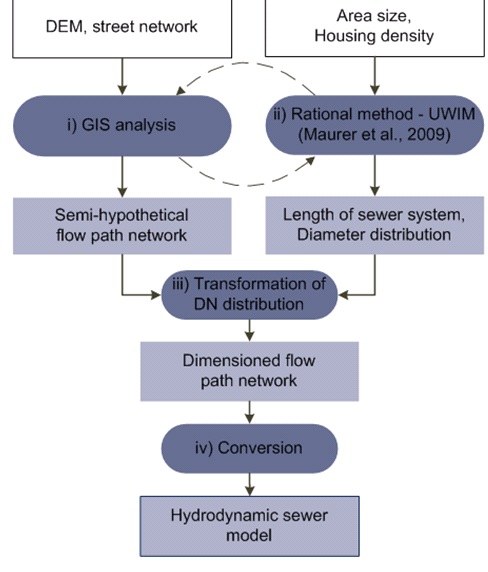
Figure 3: Sewer network generation – approach (Blumensaat et al., 2011).
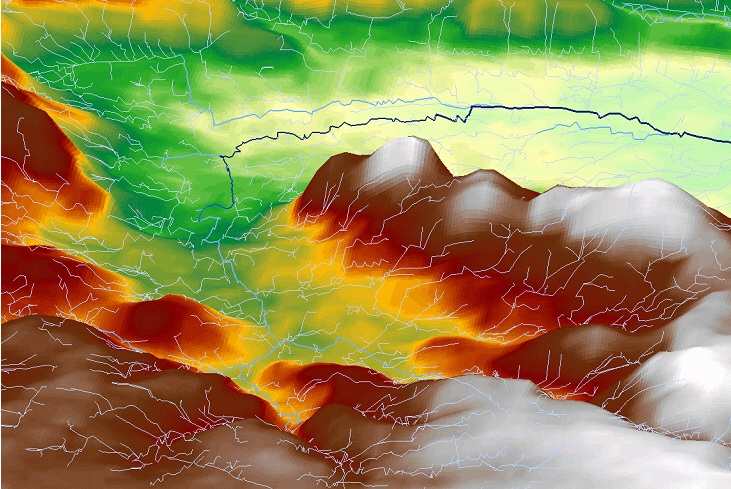
Figure 4: Flow path network of Lviv, Ukraine (Blumensaat et al., 2011).
Contact
Dipl.-Ing. Frank Blumensaat
Technische Universität Dresden
Institute of Urban Water Management
Dept. Urban Drainage Systems
e-mail: ![]()
![]() frank.blumensaat@tu-dresden.de
frank.blumensaat@tu-dresden.de
Supplementary material
Blumensaat, F., Tranckner, J., Hoeft, S., Jardin, N., and Krebs, P. (2009). "Quantifying effects of interacting optimisation measures in urban drainage systems." Urban Water Journal, 6(2), 93-105.
Blumensaat, F., Tränckner, J., Helm, B., Krebs, P., Kroll, S., and Thoeye, C. (2011). "An adaptive framework to differentiate water quality impacts on a multi-scale level." Submitted to Wat. Sci. Tech.
Blumensaat, F., Wolfram, M., and Krebs, P. (2011). "Sewer model development under minimum data requirements." Submitted to Environmental Earth Sciences.
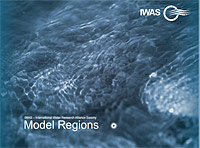
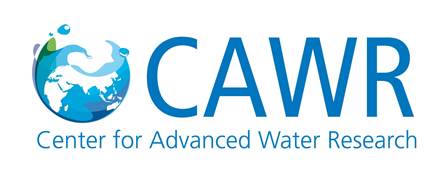


.png)
.png)
